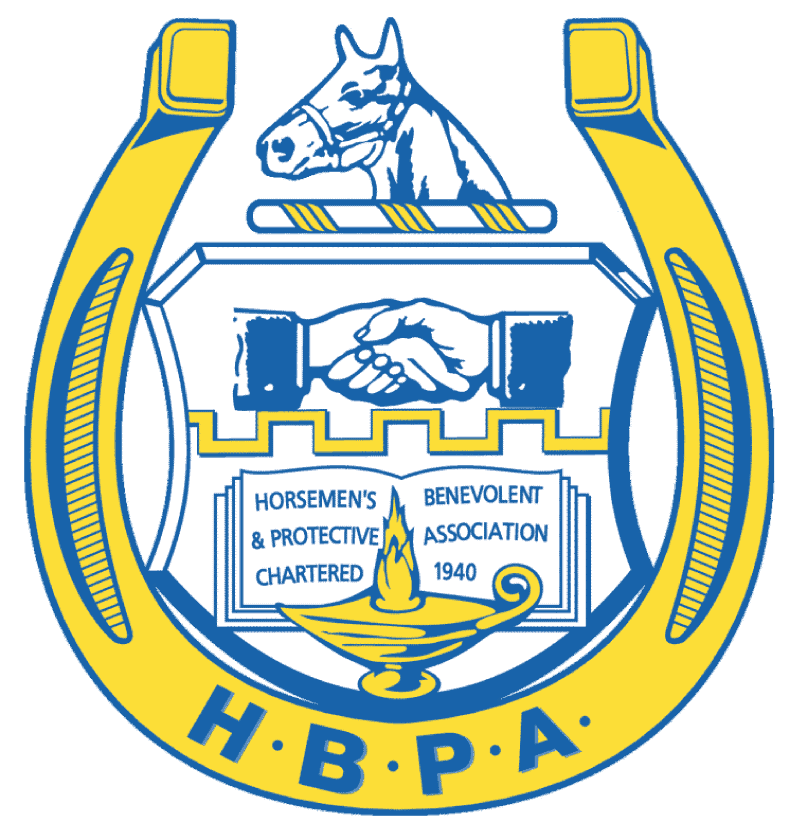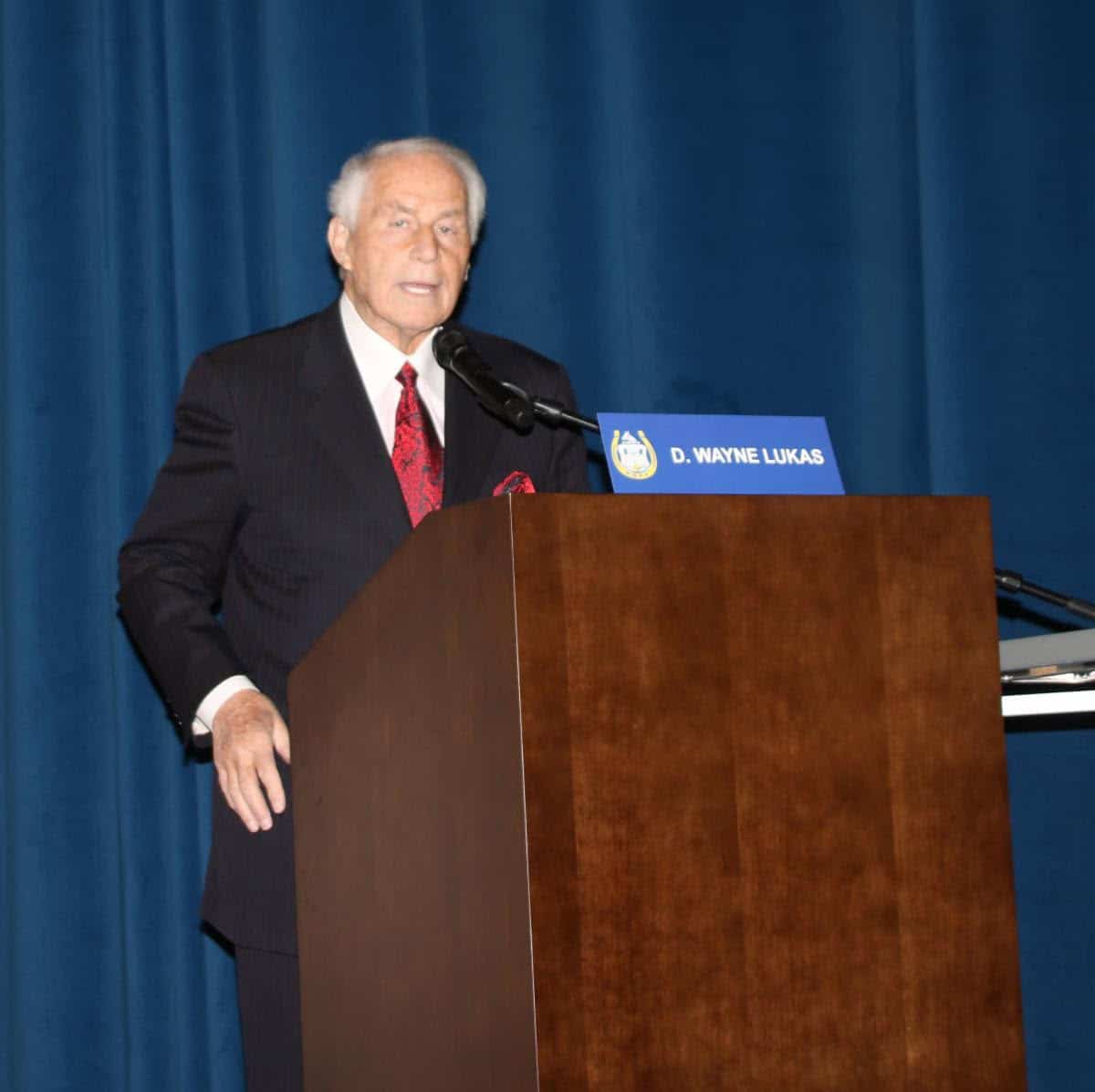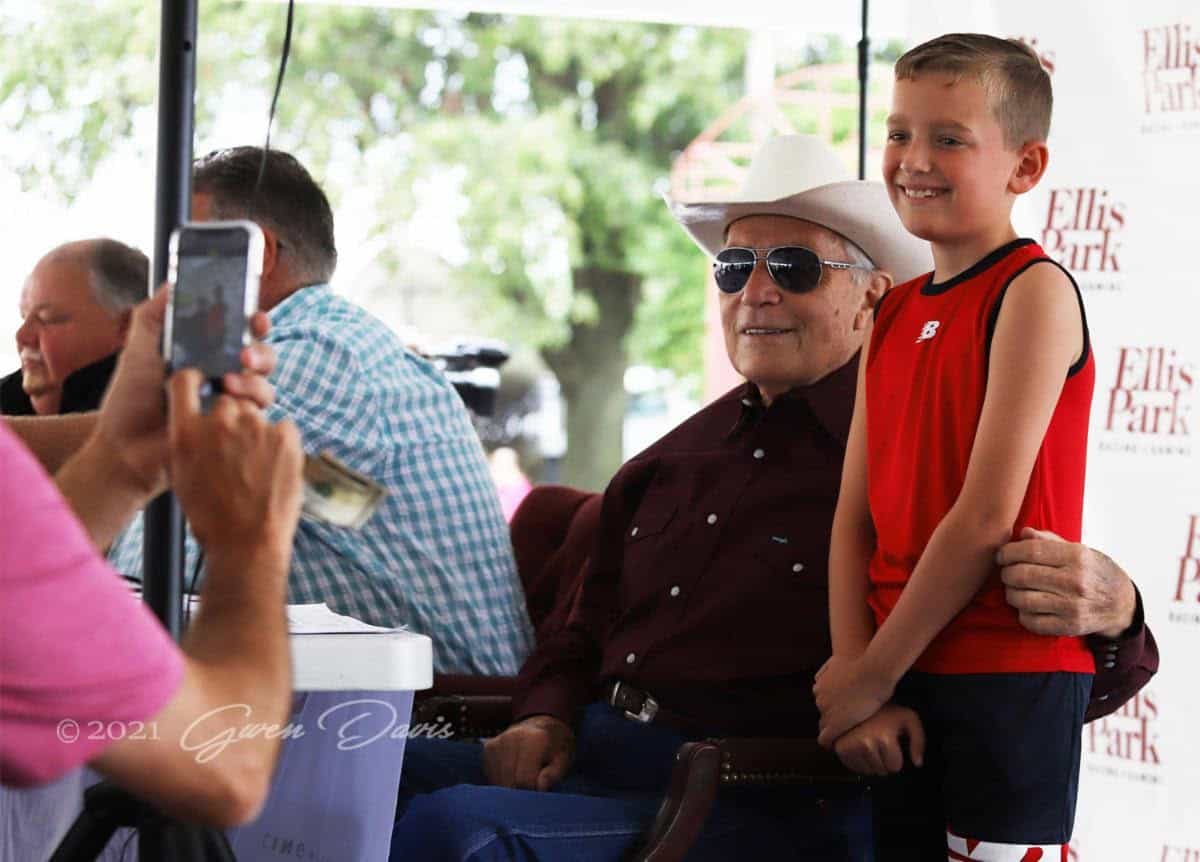Mountaineer Wins Approval to Drop 50 Dates
Blood-Horse
The West Virginia Racing Commission June 16 signed off on a plan by Mountaineer Casino, Racetrack & Resort to shave 50 racing programs from its 2015 schedule.
Mountaineer by statute last year submitted a request for 210 live racing programs for this year. Competition for horses with a new track in Ohio—Hollywood Gaming at Mahoning Valley Race Course, located about 45 minutes away—and continued reductions in video lottery revenue for purses led the track to request the large reduction in dates.
Mountaineer director of racing Rose Mary Williams said the 2015 meet will now end Oct. 17 rather than late December.
The WVRC held a public comment period before granting its approval for the track to race 160 programs this year. The Mountaineer Horsemen’s Benevolent and Protective Association board of directors supported the request, but some horsemen stated their preference for more racing dates with lower average daily purses.
One of them, longtime Mountaineer trainer Donna Zook, said after the unanimous vote by the WVRC that the schedule change will have ramifications. Mountaineer in recent years has opened March 1, which means there will be no racing for more than four months.
“I’ve paid my own way (to commission meetings) numerous times because local horsemen will be devastated and the local economy will be devastated,” Zook said. “The government has devastated our industry by confiscating millions of dollars from the purse fund.”
Zook said that when Hancock County residents voted to approve VLTs, and in a subsequent referendum to approve table games, they voted for a law that mandated a minimum of 210 days of racing.
WVRC chairman Jack Rossi said the commission “gave considerable study” to the request to reduce racing days. Earlier this year Hollywood Casino at Charles Town Races, the other Thoroughbred track in the state, was approved to cut its schedule from a statutory 220 programs to 187, with support from the Charles Town HBPA.
Through 73 racing programs this year, purses at Mountaineer have averaged $89,317 per program, the lowest figure since the mid- to late 1990s. Average field size—6.52 horses per race, according to The Jockey Club Information Systems—is believed to be the lowest in the history of the track, which opened as Waterford Park in 1951.
The average daily purse figure will increase after Aug. 1 when the track runs a nine-race all-stakes card valued at more than $1.6 million, including the $750,000 West Virginia Derby (gr. II).
“It’s not like any of us wanted to cut days,” said Brady Howell, a Mountaineer HBPA board member. “It’s more a situation of, ‘What do we do to preserve racing?’ We’re stuck between a rock and a hard place. We decided that preserving purses was better than pushing to keep more racing days.
“We’re working with management and the racing commission to try to make this work. The situation isn’t quite dire, but it’s not very good.”
Purses at Mountaineer peaked in the mid-2000s just before the state began shifting the horsemen’s share of VLT revenue to other state programs. In addition, new casinos in neighboring Pennsylvania and Ohio have dented gaming revenue at Mountaineer.





